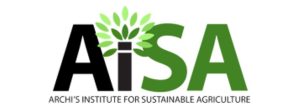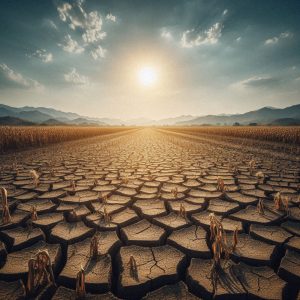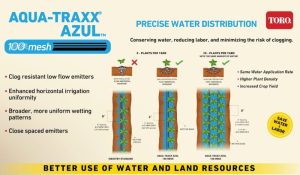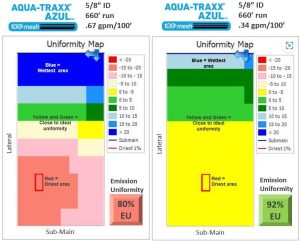Nitrate contamination is a common issue for growers in the Salinas Valley. Since nitrates can cause serious health issues and can negatively affect marine wildlife, significant grant money is being devoted to the issue. Drip irrigation is also part of the solution since it applies the right amount of water exactly where it is needed, increasing plant health and minimizing runoff.
The following article by D.L. Taylor that addresses the nitrate issue on the Central Coast:
No one likes excess nitrates in Central Coast water. Not farmers, not environmentalists and certainly not those charged with stemming the problem.
Nitrate contamination is present in many places across the country, but the Salinas Valley ranks toward the top in terms of the amount present in groundwater. The primary source of nitrates is from agricultural practices, a fact not even growers argue with. These nitrates carry serious health and marine wildlife implications for the valley and Monterey Bay (See related story). So, armed with recent grants totaling more than $1.25 million, the Water Quality Protection Program of the Monterey Bay National Marine Sanctuary is undertaking two separate projects to address the problem. One will help disseminate crucial information and the other will provide assistance with nitrate monitoring systems for growers.
The projects are a collaboration among key partners — including nonprofit groups and agricultural interests — to cut down on the amount of nitrate contaminated runoff water coming from farming in the Salinas Valley.
Bridget Hoover, director of the Water Quality Protection Program and one of the partners in the grant, explained that one grant of just under $40,000 was from an agency called Sustainable Agriculture Research & Education, a competitive grant program under the U.S. Department of Agriculture. The purpose is to increase the capacity for technical assistance and information sharing through a website that contains important information and best practices on irrigation and nutrient management and joint trainings. For example, an employee of the Resource Conservation District in Santa Cruz can access the website and download the same data sheets that an employee of Upper Salinas Las Tablas RCD uses. It puts everyone on the same page with the most up-to-date information.
Key to the partnership is the Agriculture Water Quality Alliance, a coalition that includes the Marine Sanctuary, environmental organizations, governmental agencies, farmers and ranchers. The government agencies comprising the alliance include the federal National Resource Conservation Service, the University of California Cooperative Extension and a half-dozen state Resource Conservation Districts. Growers are represented through the Central Coast Agriculture Water Quality Coalition. The Coalition includes Agriculture Commissioners from counties ranging from San Mateo in the north to Santa Barbara in the south. While this might sound like enough bureaucracy to slow a stampede, a regional, collaborative approach is critical to solving the nitrate problem, said Hoover and others involved in the project. It is a regional problem requiring a regional solution. It’s farmers sitting down with conservationists to address a common goal.
“That’s the beauty of it,” Hoover said.
Another heftier three-year grant — $1.25 million — from the state Water Board via the Central Coast Regional Water Quality Control Board, will approach the nitrate problem in phases, Hoover explained. This grant will focus just on the Salinas River watershed and will include the same partners as the smaller grant plus the nonprofit Coastal Conservation and Research Inc.
The first phase will be a selection process that includes which growers want to have an assessment of their irrigation and fertilizer practices. The second will involve the actual assessment where team members will go out to the farms and evaluate how the growers irrigate, which is important since irrigation water is the conduit through which nitrates and other contaminants are carried, Hoover said.
The third phase of the grant will provide growers with summaries of what was learned in the assessments. Finally, funding for new best practices that reduce contamination runoff can be made available and practices implemented on these farms.
Types of existing irrigation practices include drip tape that delivers a more exact amount of water that provides for healthy crops and minimum runoff. Another system that is being tested on small scales cycles water through “bio reactors.” Research has shown that cycling runoff water through wood chips absorbs much of the nitrate before it is released into surface water tributaries or percolates down into aquifers.




